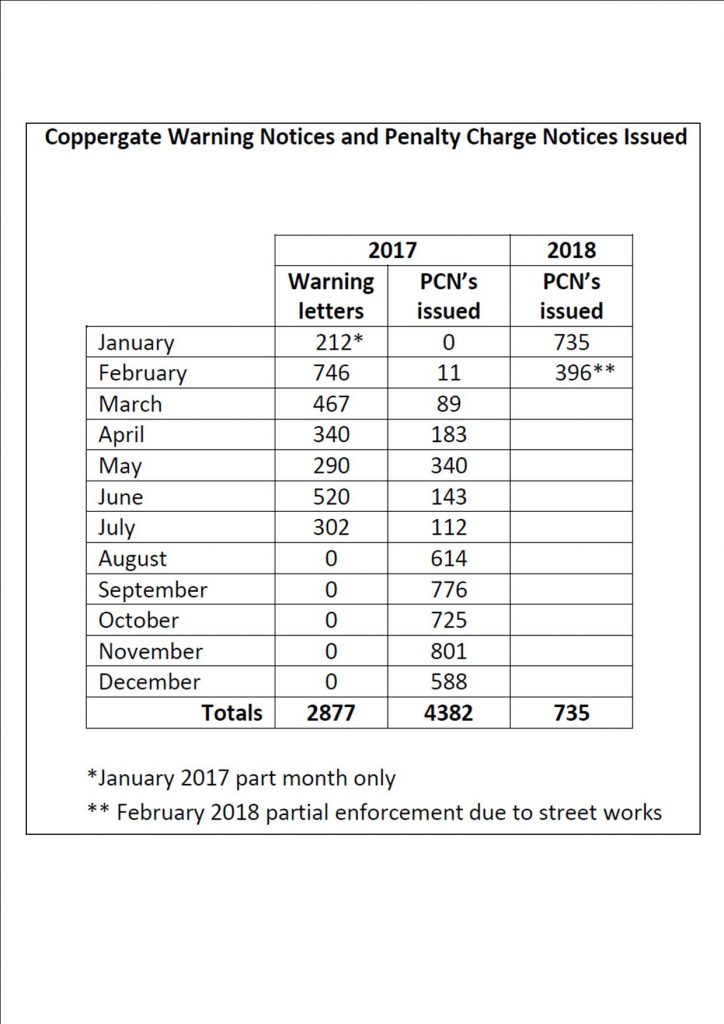 A year or so ago, the then new York Council Chief Executive promised a fresh approach to the amount of information on Public Services made available to York residents. Questions would be answered without the need to submit formal Freedom of Information requests to the Council. It would be unnecessary to refer many issues for determination by the Information Commissioners Office (ICO)
A year or so ago, the then new York Council Chief Executive promised a fresh approach to the amount of information on Public Services made available to York residents. Questions would be answered without the need to submit formal Freedom of Information requests to the Council. It would be unnecessary to refer many issues for determination by the Information Commissioners Office (ICO)
So how have things turned out.
The Council legally must respond to FOI requests within 20 working days
Many – but by no means all – requests for information are submitted via the “ What do they know” website https://www.whatdotheyknow.com/body/city_of_york_council
There is a mixed picture on response times
Responses to FOIs are (eventually) published on the Councils web site. https://www.york.gov.uk/info/20219/freedom_of_information/1535/freedom_of_information_responses But it can be a laborious business trailing through the list to find information.
Several recent responses do give reason for concern.
- As long ago as last May 2017, a request for information about the number of public service reports registered by Councillors, was turned down. The Council claimed that this might influence voting intentions in last year’s General Election. The information was provided after the election had taken place (i.e. outside the so called “purdah” period). However, the grounds for rejecting the request were spurious and were referred to the Information Commissioners Office. The ICO said they were then powerless to intervene and declined to issue guidance to Local Authorities about how FOI requests could be reconciled with the Local Government Act 1986. That failure is now being investigated by the Parliamentary Commissioner.
-

Vacant garage problem
In January 2018 a request was submitted asking how many vacant Council owned garages there were in the City. It would take two months to get a partial response. Failure to advertise vacant garages for rent has lost the Council a significant amount of revenue in recent years.
- On 11th February the Council were asked to provide a list of Business Rate debtors in the City. This information has previously been published routinely in committee reports. The Council promptly turned down the request quoting “purdah” grounds (because a council by election was taking place in the Holgate ward four days later). The grounds for refusing that request have been referred to the ICO as it is unclear why the publication of, what could only have been a factual list, could possibly have favoured the chances of an election candidate (even if the Council had managed to respond in three days to the request).
-

The Council do publish some information about Coppergate fine levels. Numbers are much higher than was expected
More worrying is the failure to respond to a request made on 5th January 2018 regarding the profile of those fined for flouting the access restrictions on Coppergate. The Council does publish the actual number of offenders but has, in addition, been asked to indicate whether the drivers concerned are local or visitors (from the postcodes of the fine notifications). This type of information was provided – albeit reluctantly – by the Council in 2014 when the original ANPR traffic camera scandal first peaked. Responses from the FOI staff suggest that the complainant should refer the issue to the ICO!
- On 9th March 2018 a request was made for information about the number of reports received by the Council about “damp” houses. No response has been received.
So, far from things getting better, the York Council has failed to even answer relatively simple enquiries on time.
Added to the highly selective nature of the stats quoted in many committee reports, it is difficult not to conclude that the Authority has something to hide and that it will do its utmost to frustrate those who seek transparency.

